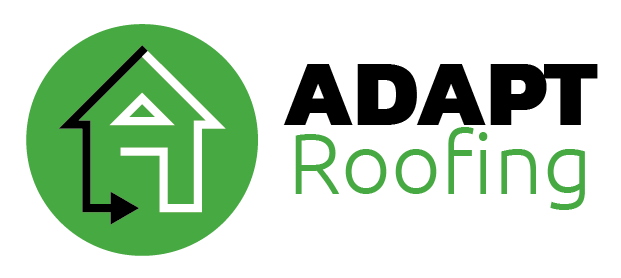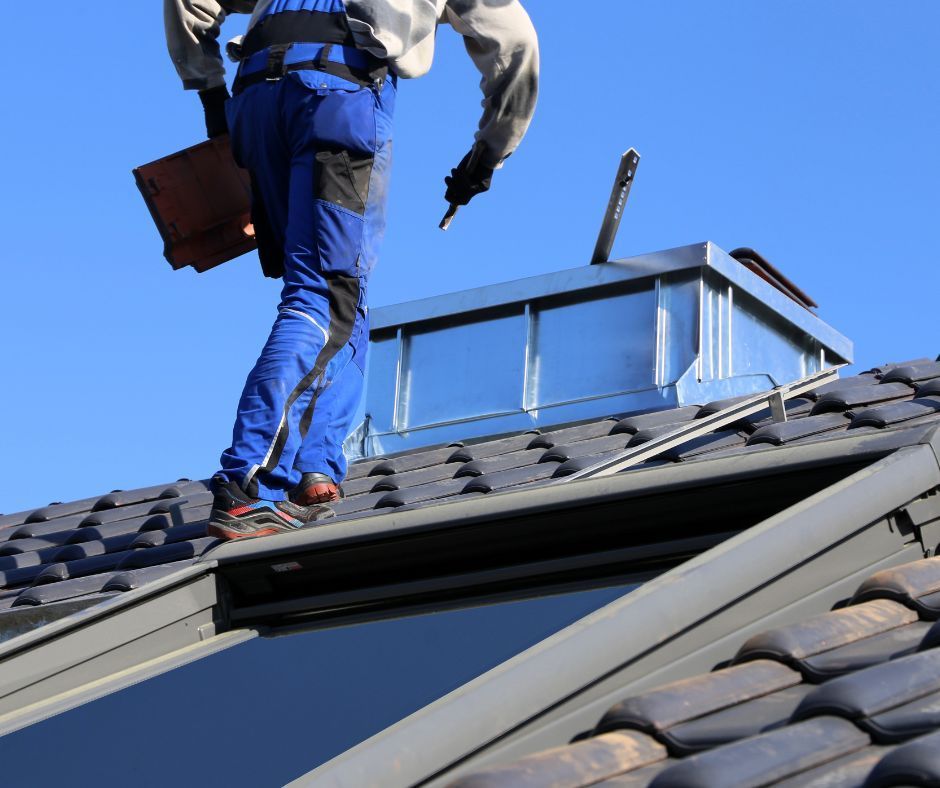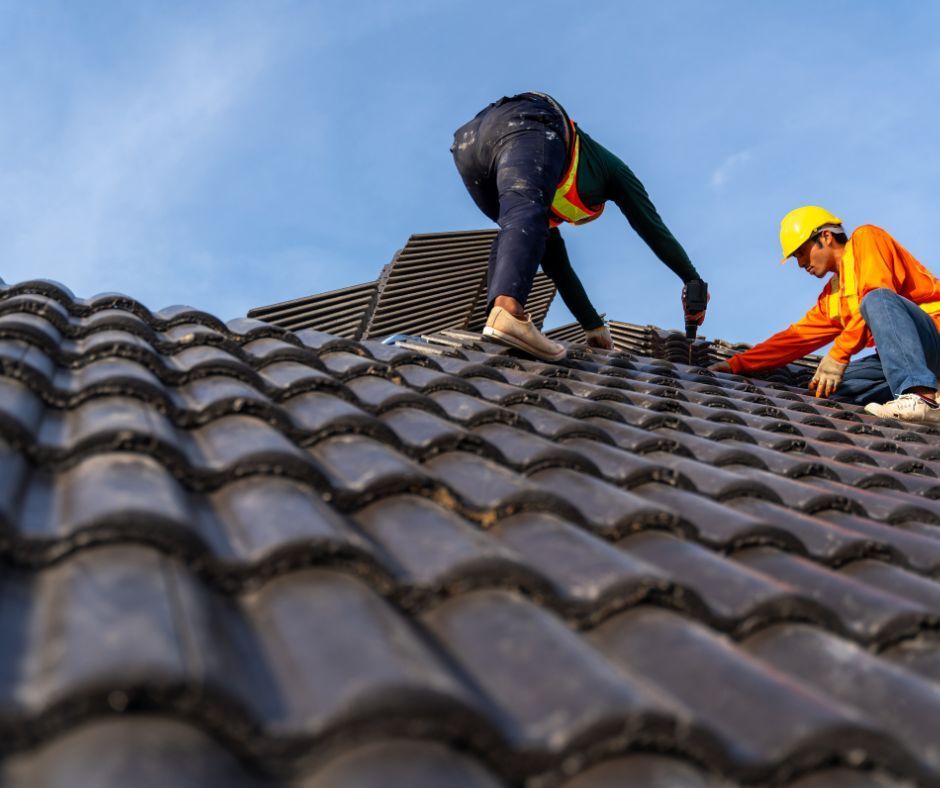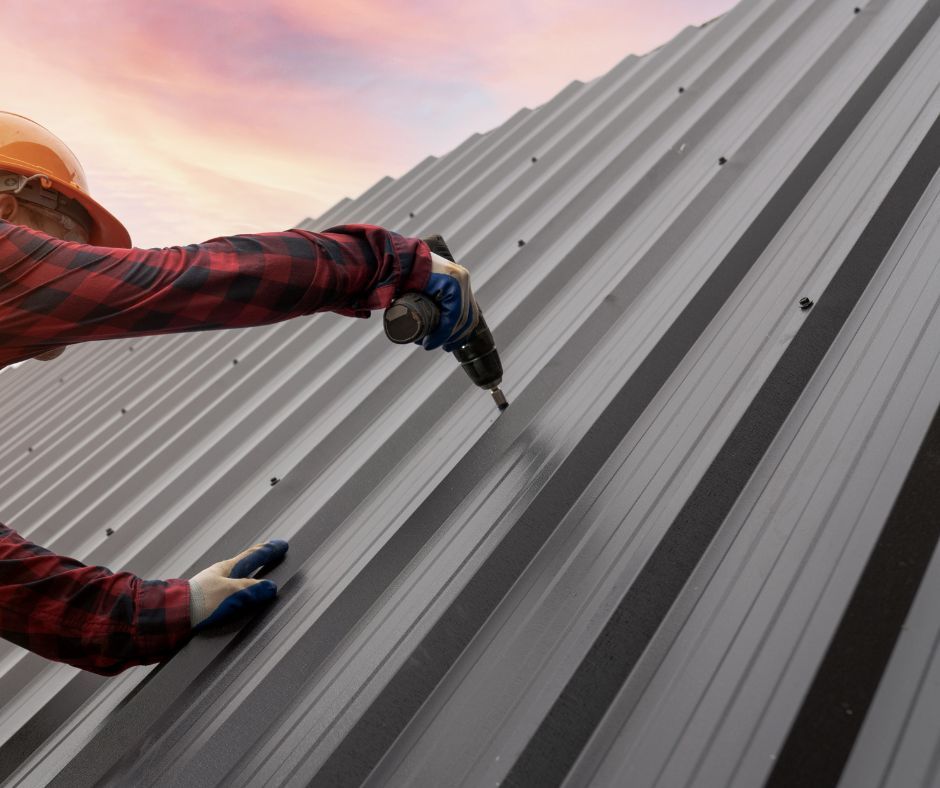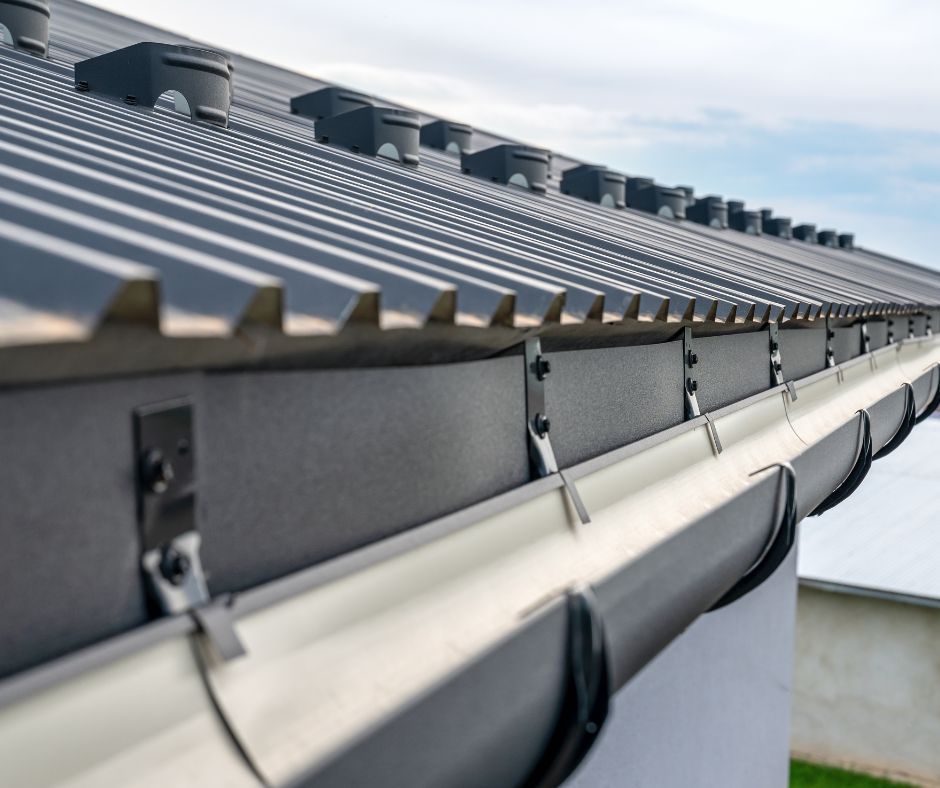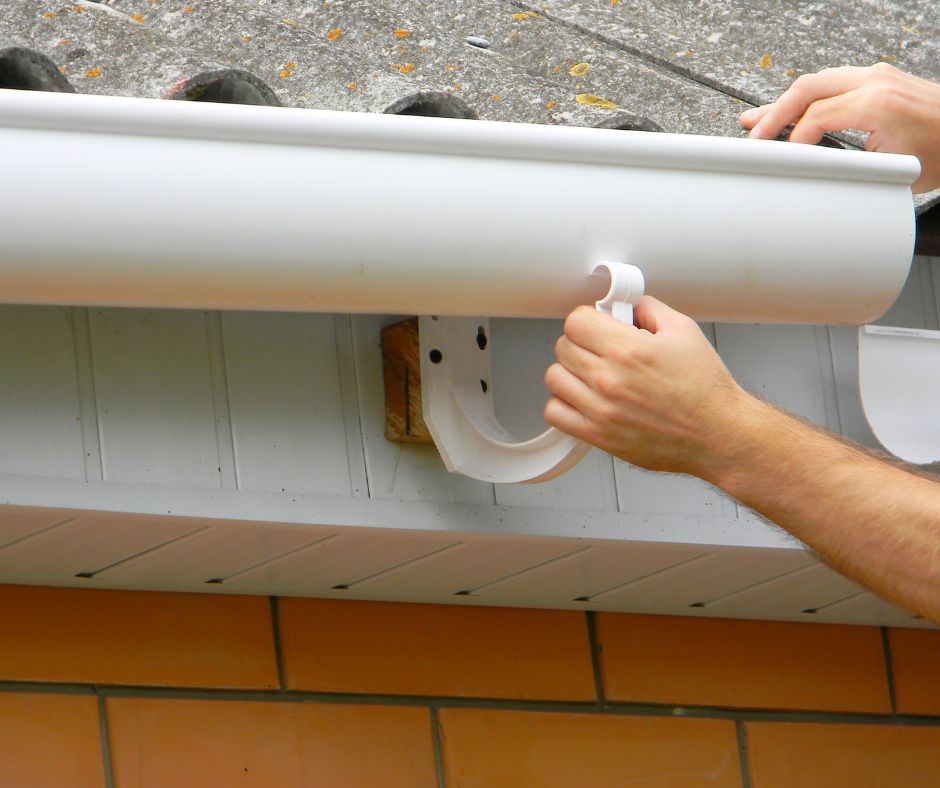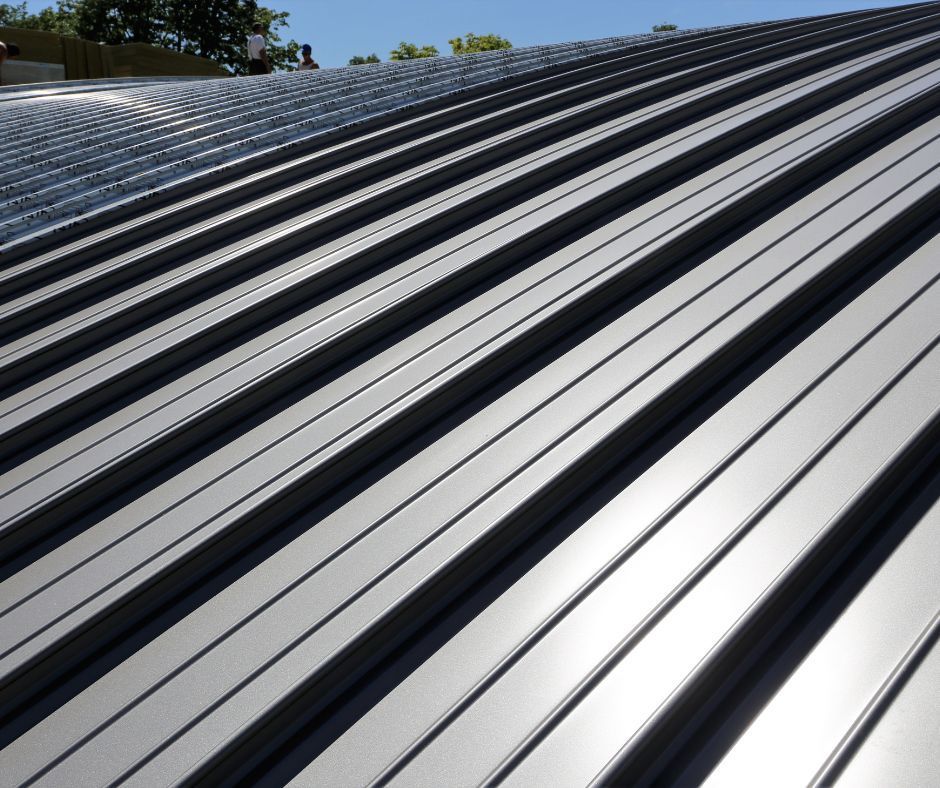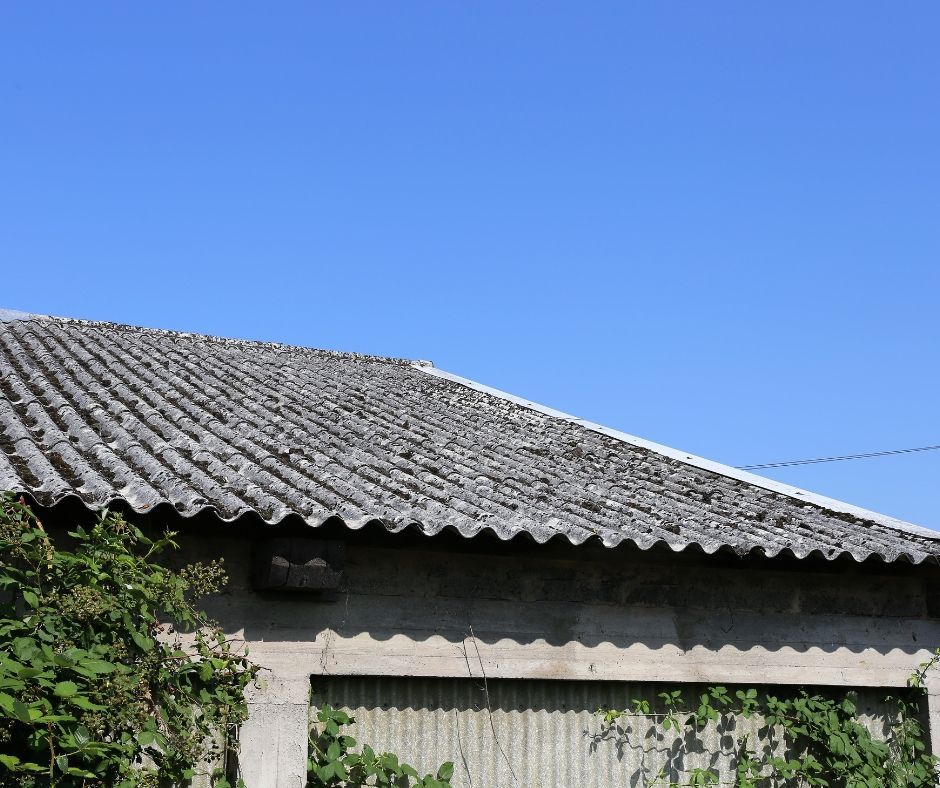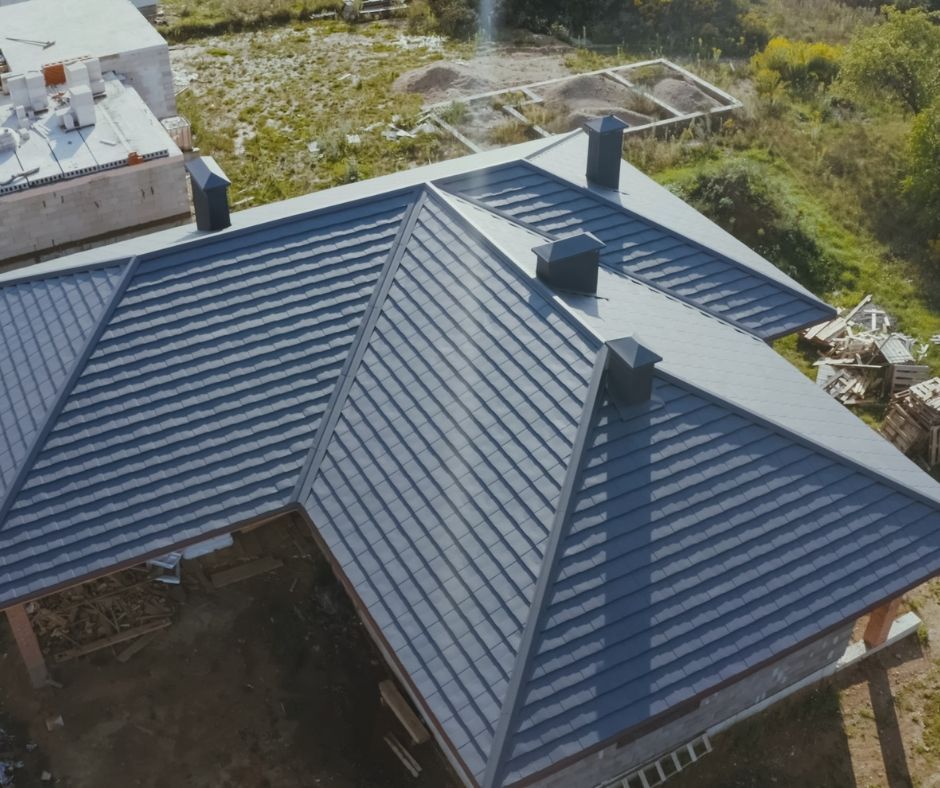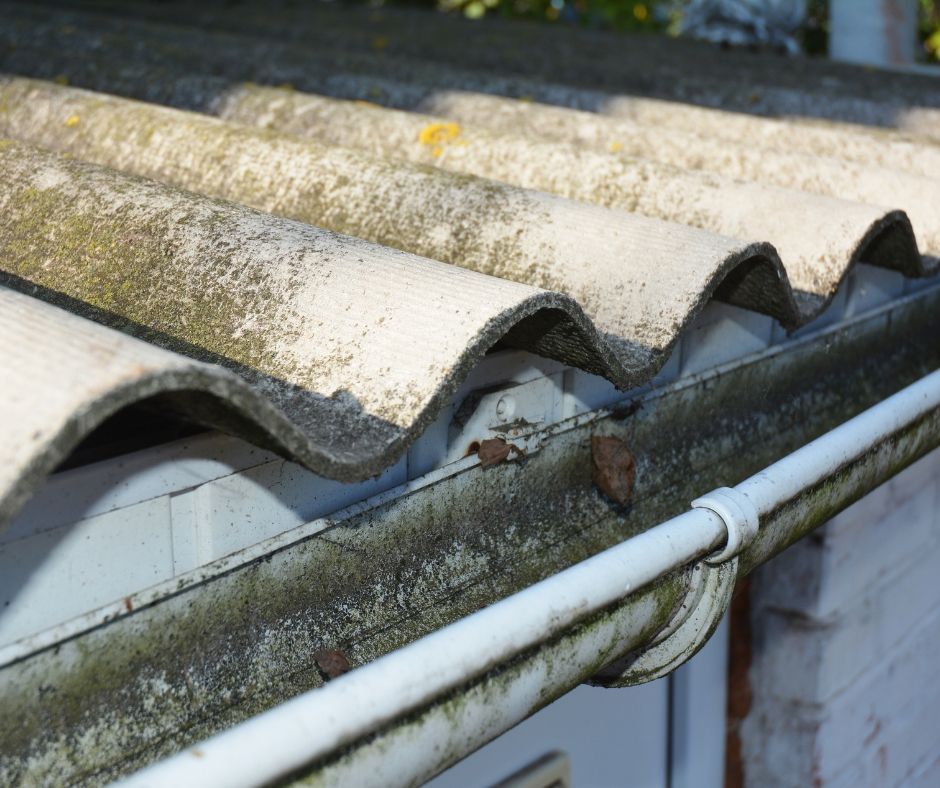How Much Does a Commercial Roof Replacement Cost?
Commercial roof replacement isn’t a casual fix. It’s a serious investment, and if you don’t plan for it, it can hit your budget like a tonne of bricks. This guide breaks down the commercial building roof replacement cost, when to act and how to plan without blowing your budget.
Commercial Building Roof Replacement Cost
If you're a business owner, property manager or run strata buildings, you've probably asked how much does a roof replacement cost. You might’ve even Googled it.
The short answer? It varies. A lot. But that’s not helpful on its own.
Understanding the commercial building roof replacement cost means more than just getting a number. You need clear figures and a proper breakdown to avoid:
- Surprise budget blowouts
- Disruptions to tenants or business hours
- Wondering if it’s worth repairing again or going for a full replacement
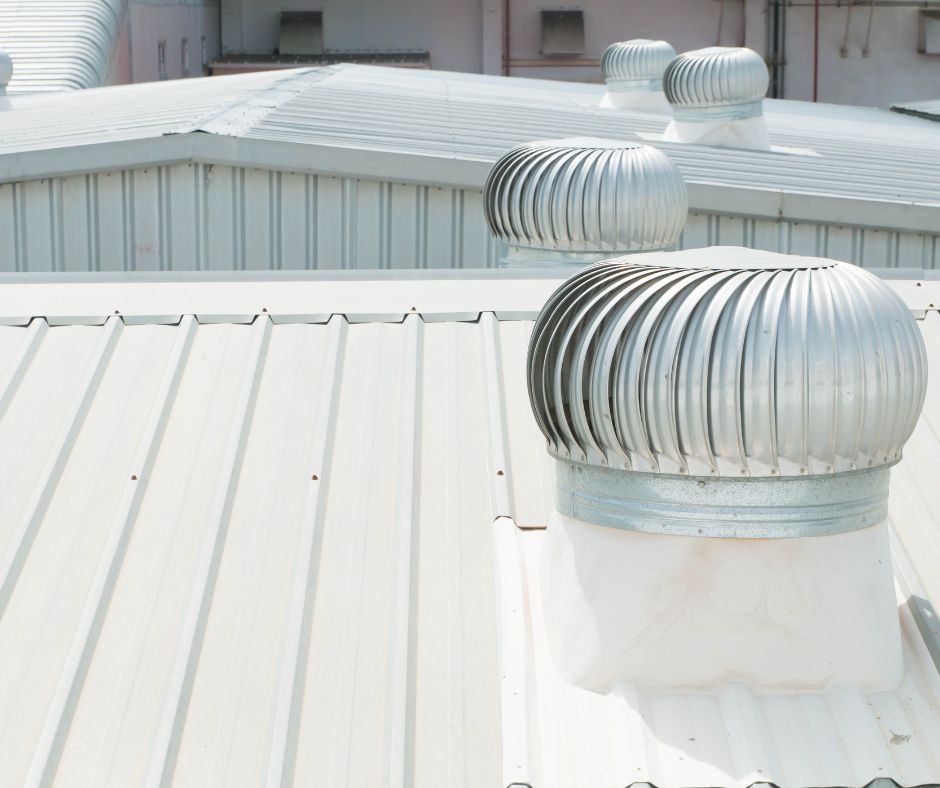
When Is the Time You Need to Worry About the Cost to Replace a Commercial Roof?
There are red flags you shouldn’t ignore. If your building ticks any of these, spot roof leaks early and get a quote sooner rather than later.
1. Ageing Roof
If your roof is nearing the end of its expected lifespan, don’t wait for a disaster. Most commercial roofs last between 20 to 30 years, depending on material and climate.
2. Worn-Out Roof
Constant patch jobs are a red flag. If the same areas need repairs, your roof likely has underlying structural issues.
3. Tired-looking Roof (Beyond Painting)
When paint can’t cover the damage, it’s more than a cosmetic issue. Faded or peeling surfaces can mean UV damage or material breakdown.
4. Water Damage
Leaks and ceiling stains mean your roof is no longer keeping water out as it should. Moisture inside your building can lead to mould, rot
and electrical risks.
5. Corrosion
Rust on a metal roof isn’t just ugly, it’s a structural threat. If ignored, it can damage fasteners and panels, allowing water to get in.
6. Cracks and Holes (Beyond Repairs)
A small crack can grow fast when weather hits. If you’re seeing light through the roof or large gaps, it’s time for more than a patch.
7. Sagging Roof
If parts of the roof look sunken, act quickly. Sagging usually means structural supports have weakened or failed.
8. High Energy Bills
A failing roof can’t insulate properly. If your power bills are rising, your roof could be leaking heat or cool air.
9. Unusual Indoor Temperatures
Hot spots or cold drafts inside can link back to poor roofing performance. It’s often a sign that insulation has shifted or deteriorated.
10. Safety Compliance or Insurance Inspections
If a safety audit or insurer flags your roof, don’t ignore it. Failing to address issues can void your policy or lead to fines.
Factors That Affect the Commercial Roof Replacement Cost
No two commercial roof jobs cost the same. The cost to replace a commercial roof depends on a lot of factors, such as:
Scope of the Project
A full commercial roof replacement cost is more than a partial one. But doing half the job now and the rest later can end up costing more in the long run.
Roof Type and Pitch
Flat roofs are easier to walk on and generally cheaper to replace. Pitched or steep roofs require more labour, safety gear and time.
Roof Material
Metal, membrane and tile systems vary in cost and durability. For example, Colorbond roofing lasts long but comes with a higher upfront price than single-ply membranes.
Roof Size
Larger roofs require more materials, a bigger crew and extra time to complete the job. Each additional square metre adds to the total cost, especially on multi-storey buildings.
Site Accessibility
If your building is in a narrow or crowded area, you’ll likely face higher costs for access and setup. Cranes, scaffolding and traffic control can quickly bump up the bill.
Roof Accessories
Things like skylights, vents and solar panels slow the job down. Each one adds time and complexity to removal, refitting or workarounds.
Labour Cost
Roof replacement rates vary by location. High-demand metro areas tend to have higher hourly rates and limited availability during peak seasons.
Removal of the Existing Roof
If the old roof needs to be stripped, budget for disposal and hazard handling. Asbestos or brittle materials require extra care and permits.
Condition of the Underlayment and Insulation
A good roof sits on solid bones. If the base layer is water-damaged or sagging, repairs or full replacement could be needed underneath.
Height and Safety Requirements
Taller buildings bring more risk. More risk means more safety measures, including scaffolding, edge protection and elevated work platforms.
Drainage or Gutter Upgrades
Outdated or undersized gutters often fail to meet current drainage needs. Swapping them out during roof work is practical but adds to the overall cost.
Downtime and Business Interruption Mitigation
Scheduling work after hours or in stages usually comes at a higher price. Evening and weekend work comes at a premium, but it keeps your business running without daytime disruptions.
Tips for Reducing Commercial Building Roof Replacement Cost
You don’t need to cut corners to lower your commercial roof replacement cost. These practical tips can reduce the total spend while still giving you a roof built to last.
Schedule Off-Peak Work
Roofers are busiest during summer and after big storms. Scheduling your project in quieter months makes it easier to book skilled crews and get more competitive pricing.
Get a Full Roof Assessment First
Guesswork leads to overspending. A proper inspection tells you exactly what needs roof repairs or upgrades and what can stay, saving you from redoing work too soon.
Invest in Long-Term Materials
Going cheap often means replacing again sooner. Materials like Colorbond or quality membranes cost more at the start but last longer, so you won’t need to replace the roof as often.
Work With an Experienced Contractor
Not all roofers are the same. A commercial roofing specialist knows how to manage access, safety and timelines without costly mistakes.
Address Small Issues Early
Leaks, rust spots or loose flashing? Don’t wait. Sorting them early can delay full replacement and avoid damage to the layers below.
Consider Financing Options or Staging the Project
If the budget’s tight, consider financing or splitting the project into manageable stages. Just make sure the plan doesn’t compromise the roof’s performance.
What Will It Cost to Replace Your Commercial Roof? Ask Adapt Roofing
Every commercial roof is different. Factors such as size, shape, materials, access and building age all affect the final cost.
There’s no one-size-fits-all price tag. Online estimates can be helpful, but they don’t compare to a proper site inspection from someone who knows what to look for.
That’s where Adapt Roofing comes in. We offer no-obligation roof assessments across Newcastle, Central Coast and Lake Macquarie, so you know exactly what needs doing and what it will cost.
We handle commercial inspections, roof repairs and planning that fits your budget and timeline. We’ve worked with businesses, strata groups and property managers across NSW.
Ready to take the guesswork out of the cost to replace your commercial roof?
Book a site visit with Adapt Roofing today.
